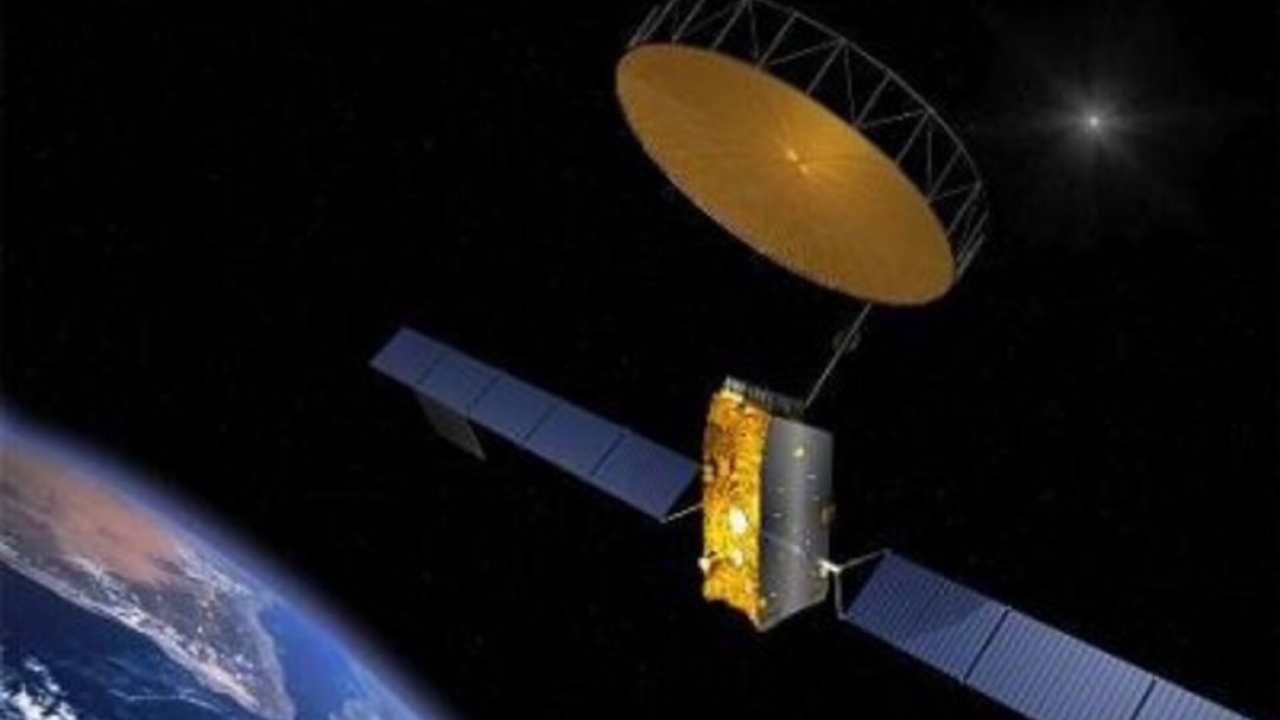What happens when a satellite fails?
An Inmarsat service outage in April underlined the implications and repercussions for its aviation services when one of its satellites experienced a technical failure.

Outage: The Inmarsat service affected was its L-band SwiftBroadband. Picture: Inmarsat
On Sunday 16 April at 21:14h UTC, Inmarsat experienced an outage on its I-4 F1 satellite, which provides L-band services for East Asia and the Pacific region. This resulted in the temporary loss of services from the satellite.
The company immediately instigated recovery procedures. NOTAMs (Notices to Airmen) were issued by air traffic control in the US, Japan, Australia, New Zealand and Papua New Guinea regarding the outage.
Meanwhile, pilots were advised to communicate with air traffic control using legacy high frequency (HF) radio technology over areas that terrestrial VHF was unable to reach, mainly oceanic regions.
This in itself is problematic as HF communications are impacted by space weather effects, such as solar flares and coronal mass ejections (CMEs) from the Sun. Solar flares can cause HF blackouts for one to two hours, depending on their severity, while a CME can affect HF radio for a day or more.
The Inmarsat service affected was its L-band SwiftBroadband offering and not its faster Ka-band Global Xpress (GX) service, which is delivered by its I-5 and newer I-6 satellites. SwiftBroadband Safety (SB-S) also offers a secure internet protocol (IP) connection for operations and safety communications.
Its capabilities are approved for ICAO’s Aircraft Control Domain (ACD) data usage, such as flight tracking, flight data streaming (so-called ‘black box in the cloud’), and pilot communications. SB-S also offers IP channels that can be dedicated to operations usage, such as electronic flight bag applications.
These can offer real-time information to help pilots optimise flights and enhance operations.
Inmarsat Classic Aero recovery was started after the loss of service and was operational in a matter of hours. This was followed by the transfer of Inmarsat-C services from the contingency satellite back to I-4 F1, and then restoration of other services.
The next day, Inmarsat announced that its services were back to normal, regretted the outage and apologised to all impacted users.
A report concluded that the failure was due to a partial loss of power, believed to be due to a fault in one of the I-4 satellite’s solar arrays. This failure did not seem to correspond with any space weather event, although fast solar wind and other solar phenomena have been observed recently and will increase as solar maximum in 2026 approaches.
A recent NASA report said: “Space operations continue to be a challenge for both launch vehicles and spacecraft. Attribution and mitigation of anomalies and failures remain an important concern for space system designers, operators and users.
“The space environment is becoming more hazardous for operations as solar activity increases towards the peak of solar cycle 25.”
Inmarsat prides itself on its L-band satellite service reliability, promising more than 99.9% availability worldwide.
The Inmarsat I-4 satellite was built by EADS Astrium, now Airbus Defence and Space, and was launched in 2005 with an initial 13-year design life.
Many of the services currently delivered by I-4 F1 will be moved to Inmarsat’s new, high-performance I-6 F1 satellite in the coming months as Inmarsat’s investment in new and additional satellites continues.
All other satellites in the L-band fleet were unaffected by the incident, including Inmarsat’s two new L-band satellites (I-6 F1 and F2) which will be joined in 2027 by a further three new micro L-band satellites, the Inmarsat-8s, specifically designed to enhance safety service back-up for L-band customers.
The cause of the outage remains a mystery, but Inmarsat ruled out space debris or anything malicious, such as a cyber attack.
No one can ever promise 100% satellite service reliability, but backup satellite systems help a lot. And legacy backup systems, such as HF voice and data will have a part to play for some time yet.
Stay up to date
Subscribe to the free Times Aerospace newsletter and receive the latest content every week. We'll never share your email address.


